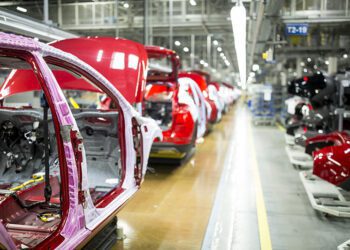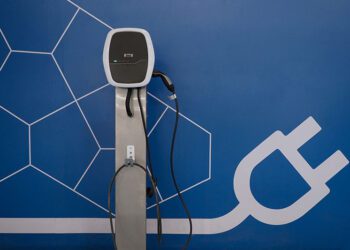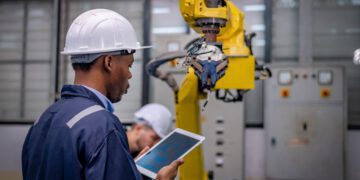The futuristic dream of self-driving cars, once relegated to the pages of science fiction, is fast becoming a reality. Autonomous vehicles (AVs), armed with a suite of sensors and advanced algorithms, promise to redefine the way we perceive urban mobility. “In a world constantly on the move, handing over the wheel to machines is not just about convenience, but also about safety, efficiency, and sustainability.”
1. The Technology Behind the Wheel
Sensors and Cameras: These serve as the ‘eyes’ of the vehicle, constantly scanning the environment for obstacles, traffic signals, pedestrians, and other vehicles.
Machine Learning and AI: The ‘brain’ of an autonomous vehicle is powered by AI. It processes the data from sensors in real-time, making split-second decisions that ensure safe navigation.
V2X Communication: Vehicle-to-Everything (V2X) communication allows AVs to interact with other vehicles, infrastructure, and even pedestrians, enhancing situational awareness and predictive capabilities.
2. Benefits of Autonomous Driving
Safety First: Human error accounts for a significant proportion of road accidents. AVs, with their precision and consistency, have the potential to drastically reduce such incidents.
Efficiency and Traffic Flow: With the ability to communicate with each other, AVs can optimize traffic flow, reducing congestions and improving overall commute times.
Environmental Impact: Optimized driving patterns can lead to reduced fuel consumption or battery usage, translating to lower emissions.
3. Challenges on the Road Ahead
Infrastructure Readiness: For AVs to function optimally, roads, traffic systems, and overall infrastructure need to be upgraded.
Legislation and Regulation: The legal framework surrounding autonomous driving is still in its infancy. Policymakers need to address issues of liability, insurance, and safety standards.
Public Perception: Winning the trust of the general public, especially in the wake of any accidents or mishaps, remains a significant challenge.
4. India’s Tryst with Autonomous Driving
While countries like the USA and Japan are at the forefront of AV innovation, India is not far behind. Institutions like IITs are researching autonomous technologies tailored for Indian road conditions. Moreover, startups are focusing on driver-assist features as a stepping stone towards full automation.
5. A Future Co-piloted by Humans and Machines
While full autonomy remains the ultimate goal, the immediate future will likely see a hybrid approach. Human drivers, assisted by AI-driven tools, can ensure safer and more efficient commutes, gradually acclimatizing society to the era of self-driving vehicles.
Conclusion
The journey of autonomous vehicles is much more than a technological marvel; it’s a societal shift. As cities grow and urban mobility becomes even more critical, autonomous vehicles will play a pivotal role in ensuring that the future of transport is not just about getting from point A to B, but doing so safely, efficiently, and sustainably.




















